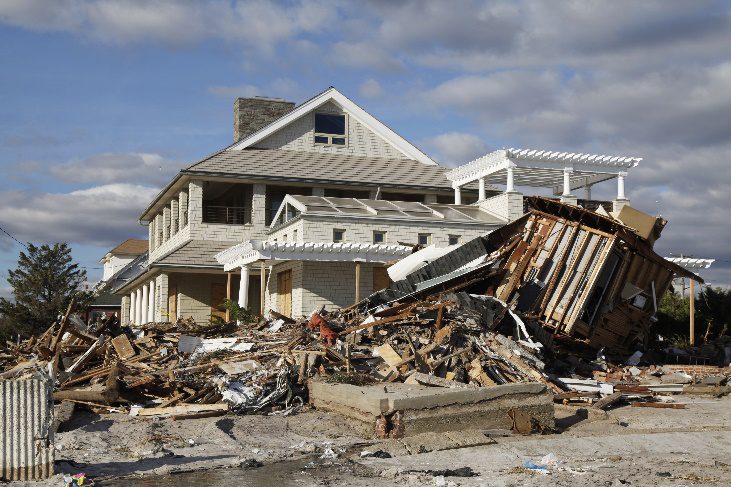
If you live in an area at high risk for earthquakes, understand that your standard home insurance policy doesn’t cover damage caused by earthquakes. While earthquake insurance is expensive, you stand to lose a lot without it given the potentially extensive damage such a disaster can cause.
Earthquake coverage is available as an endorsement to your home insurance policy or as a separate policy. Consider these factors when you buy a policy.
Coverage
When deciding on the amount of coverage you want to carry on an earthquake policy, estimating how much it would cost to repair or rebuild your home in a normal construction market may not provide adequate coverage. Material and labor costs often rise significantly following a widespread disaster, such as an earthquake, adding to the previously estimated cost.
Like your standard home insurance policy, earthquake insurance doesn’t pay for everything. Policies have limits and exclusions. For example, some but not all earthquake policies cover other structures, such as a detached garage, situated on the property. Additional exclusions include fences, swimming pools, landscaping, patios, and damage to vehicles.
Building Ordinance Cost coverage is another cost to consider. These are additional costs associated with the enforcement of local building codes. Although your insurance policy may pay toward replacing your home or repairing it to its former condition, earthquake policies generally don’t pay all the extra costs of bringing your home up to current code. The Building Ordinance coverage a policy provides may be rather limited.
Deductible Amount
The deductibles you pay for earthquake insurance help make the premiums affordable. While deductibles, in general, tend to be higher than those for other types of home insurance, paying smaller claims out of pocket keeps insurance rates for earthquake coverage lower.
Deductibles are your way of sharing with your insurance company part of the costs to repair or replace your home following an earthquake disaster. Only after you pay your deductible will your insurance coverage kick in. Some companies simply deduct the amount of your deductible from the amount it pays out.
Many plans offer different deductible levels. The higher the deductible amount you pay, the lower your premiums. When choosing a deductible amount, consider how much you can afford to pay. Keep in mind, too, that the deductible for earthquake insurance applies to the amount of coverage you choose for your home, not the amount of your loss.
If you buy an earthquake policy that also includes coverage for unattached structures, personal property, and loss of use, you will have a separate deductible for each type of coverage. Earthquake deductibles generally are percentage deductibles instead of a particular dollar amount.
Your Home’s Characteristics
The premiums for earthquake insurance vary; however, insurers consider a few basic factors when setting rates. An insurance company will factor the location of your home into its calculation. Consequently, you will pay higher premiums if your home is in an area prone to earthquake activity.
The age of your home is another key factor insurers take into account. If you live in an older home that wasn’t built to seismic standards to withstand earthquakes, you can expect to pay a higher premium.
Along with the cost to rebuild your home, its size and the number of floors it has impacted your premium. Whether your home is wood frame, brick, or brick veneer also helps determine the rate. In addition, some insurers ask that you meet certain requirements, such as bracing the cripple wall and bolting your home to its concrete foundation, before insuring you.
Once you consider the factors and decide to purchase earthquake insurance, the insurance agents at Callis Insurance can provide you with a quote and help you with the policy details.


